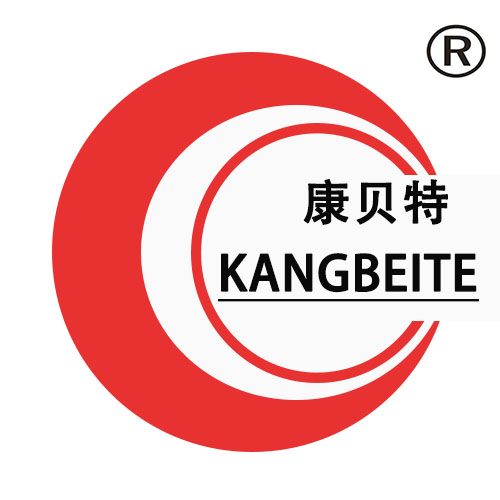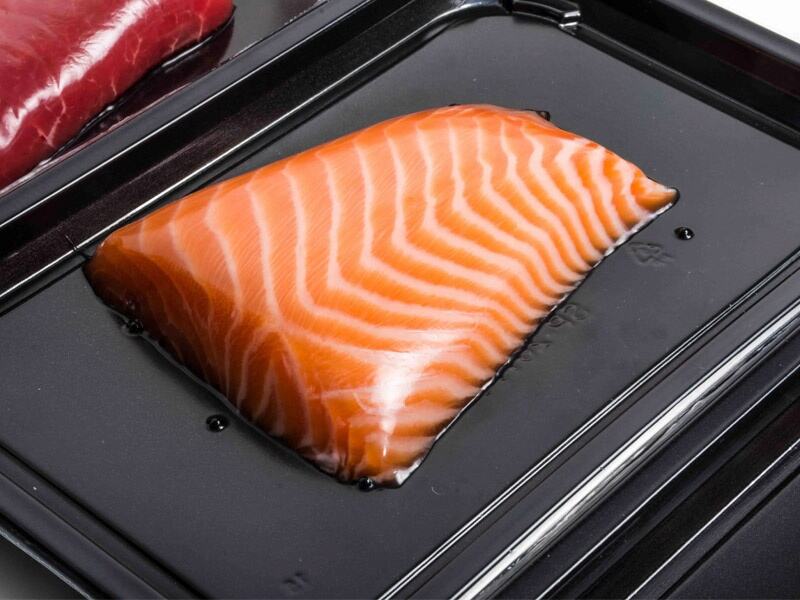Understanding Vacuum Skin Packaging Technology
How VSP Works: From Air Removal to Skin-Tight Sealing
Vacuum Skin Packaging (VSP) is a revolutionary technology in food preservation, primarily recognized for its ability to extend food shelf life. The process begins with air removal, where a high-performance vacuum machine extracts almost all the air from the package. This step is crucial as it minimizes the potential for microbial growth, thus ensuring product freshness. The vacuum also aids in forming a skin-tight seal by conforming the high-barrier film to the contours of the product. Advanced machinery used in VSP is designed to achieve this precision. Critical temperature control measures during the sealing process are essential, as highlighted by several food safety organizations. The correct application of temperature ensures that the seal is not only tight but also maintains the product's quality and safety, preserving its natural flavors and texture.
Core Components: High-Barrier Films and Fast Operating Machines
High-barrier films play a pivotal role in VSP by preventing oxygen and moisture infiltration, thereby significantly extending the product's shelf life. These films are engineered to provide the necessary strength and flexibility, allowing them to tightly encase the product. Fast-operating vacuum packaging machines are integral to the VSP process, offering efficiency and reliability. These machines can operate swiftly, packing numerous products per minute, making them ideal for high-volume packaging needs. According to industry reports, VSP materials are more effective than traditional packaging methods in preserving food quality and extending freshness. For instance, products packaged using a VSP system can have a longer shelf life compared to those using conventional methods, as shown by a study indicating that red meat products can last up to 21 days longer with VSP.
Top Benefits of Vacuum Skin Packaging
Extended Shelf Life Through Oxygen Elimination
Vacuum Skin Packaging (VSP) effectively minimizes oxygen exposure, dramatically slowing spoilage and extending shelf life. By creating a tight seal around products, VSP reduces oxidation and moisture loss, preserving freshness and quality. Studies from agricultural sources suggest that products sealed with VSP can boast a significantly longer shelf life compared to non-VSP items. For instance, meat products packed using VSP have shown up to 80% increased sales due to their prolonged shelf life, as observed in specific supermarket chains.
Enhanced Product Presentation and Brand Appeal
The transparent and tight seal of VSP significantly enhances visual appeal, showcasing the product’s quality and freshness directly to consumers. Brands that employ VSP, like Booths, have corroborated its impact on boosting consumer purchase decisions by improving on-shelf appeal and reducing unsightly juices within the pack. This packaging not only attracts customers visually but also strengthens brand visibility by allowing customized branding elements, thereby increasing market competitiveness.
Reduced Food Waste and Preservative Dependency
By extending shelf life, VSP correlates with reduced food waste due to less spoilage, a benefit supported by environmental studies highlighting its positive impact on sustainability. Additionally, longer shelf stability minimizes the need for preservatives, promoting health benefits. Consumers are thus offered products that are fresher and less dependent on chemical preservation, aligning with increasing health and environmental awareness.
Improved Shipping Efficiency with Compact Packaging
VSP contributes to improved shipping efficiency through its compact packaging format, which reduces shipping costs and optimizes space utilization. This reduction is supported by logistics studies emphasizing the significance of compact packaging in optimizing warehouse space and reducing transportation expenses. The smaller package size also facilitates easier handling and storage, further enhancing logistic operations.
By adopting VSP, companies can enjoy multiple advantages, including enhanced product preservation, visual appeal, sustainability, and logistic efficiencies, contributing to overall consumer satisfaction and market success.
VSP vs. MAP: Choosing the Right Packaging Solution
Shelf Life Comparison: VSP's Superior Oxygen Control
Vacuum Skin Packaging (VSP) and Modified Atmosphere Packaging (MAP) serve the purpose of extending the shelf life of fresh products, but they do so through different methods of oxygen control. VSP is known for its ability to eliminate almost all oxygen from the package, effectively preventing bacterial growth and spoilage. In contrast, MAP replaces oxygen with gases that reduce bacteria formation. Industry studies highlight that VSP can significantly enhance freshness, allowing meats to maintain their vibrant color and texture longer than products packaged using MAP. According to food safety organizations, the airtight seal of VSP provides superior protection, increasing shelf life by up to 50% compared to MAP.
Production Speed: Automatic Filling Machines in MAP vs. VSP
When it comes to production speed, VSP stands out for its efficiency. Automatic filling machines used in MAP processes require modifying the environment with specific gases, which can slow down production compared to the fast operating vacuum packaging machines utilized in VSP. Recent industrial studies have demonstrated that VSP technology significantly reduces the time required for packaging, providing up to 30% faster turnaround in production compared to MAP systems. This efficiency can be critical for high-volume food processors needing to streamline operations and reduce costs.
Cost Efficiency and Equipment Flexibility
Switching to VSP equipment offers notable cost benefits alongside flexibility. Although the initial investment in VSP equipment can be higher than MAP systems due to the advanced technology involved, operational costs tend to be lower over time. VSP systems often require fewer consumables during packaging, limiting the need for frequent purchases of gases or additional sealing materials. Furthermore, VSP machines provide enhanced flexibility, easily accommodating a wide variety of product sizes and types, from fresh seafood to poultry. This adaptability simplifies inventory management and can lead to further cost savings by reducing waste and storage needs.
Industrial Applications of High-Performance VSP Systems
Poultry and Meat Packaging: Freshness Preservation
Vacuum Skin Packaging (VSP) technology has revolutionized the poultry and meat packaging industry by preserving product freshness and reducing microbial growth. VSP's ability to minimize oxygen exposure significantly prolongs shelf life, keeping meat products vibrant and appetizing. According to industry standards, the vacuum seal created by VSP is highly effective at slowing down microbial proliferation, a critical factor in meat spoilage. Furthermore, VSP packaging offers a protective barrier against external contaminants, enhancing food safety and consumer confidence. This packaging method not only maintains product quality but also aligns with current trends towards sustainable and efficient packaging solutions in the meat industry. By reducing the need for preservatives and minimizing waste, VSP aligns with consumer preferences for healthier and eco-friendlier food products.
Seafood Protection: Leak Resistance and HPP Compatibility
Seafood packaging demands reliability and leak resistance to preserve quality and extend shelf life, areas where VSP excels. VSP technology provides robust leak-proof seals that safeguard the sensitive nature of seafood products, preventing purge and spoilage. This characteristic is crucial in maintaining the integrity of seafood during storage and transport. Additionally, VSP systems are compatible with High-Pressure Processing (HPP), a method that further extends shelf life while preserving nutritional quality. The integration of VSP with HPP technology allows seafood products to maintain freshness without the need for chemical preservatives, appealing to health-conscious consumers. This combination not only enhances product safety and quality but also opens up new possibilities in the seafood industry for offering premium, fresh products to consumers.
Ready Meal Innovation: Microwave-Safe Convenience
In the rapidly growing ready meal market, VSP plays a vital role with its microwave-safe packaging innovation that enhances convenience for consumers. VSP's ability to provide secure, tamper-proof packaging that is also microwaveable addresses the increasing demand for convenient meal options without compromising quality. Consumers have expressed a strong preference for ready meals that can be quickly heated and enjoyed, and VSP meets this demand with its user-friendly design. The transparency of the vacuum skin packaging boosts the visual appeal of ready meals, allowing consumers to see the quality of the product before purchase. Evidence from market research highlights that consumers are more likely to choose products that offer ease of preparation and meet their lifestyle needs, confirming the growing preference for VSP-packaged meals. This technology not only caters to convenience but also supports the industry's move towards innovative and sustainable packaging solutions.

